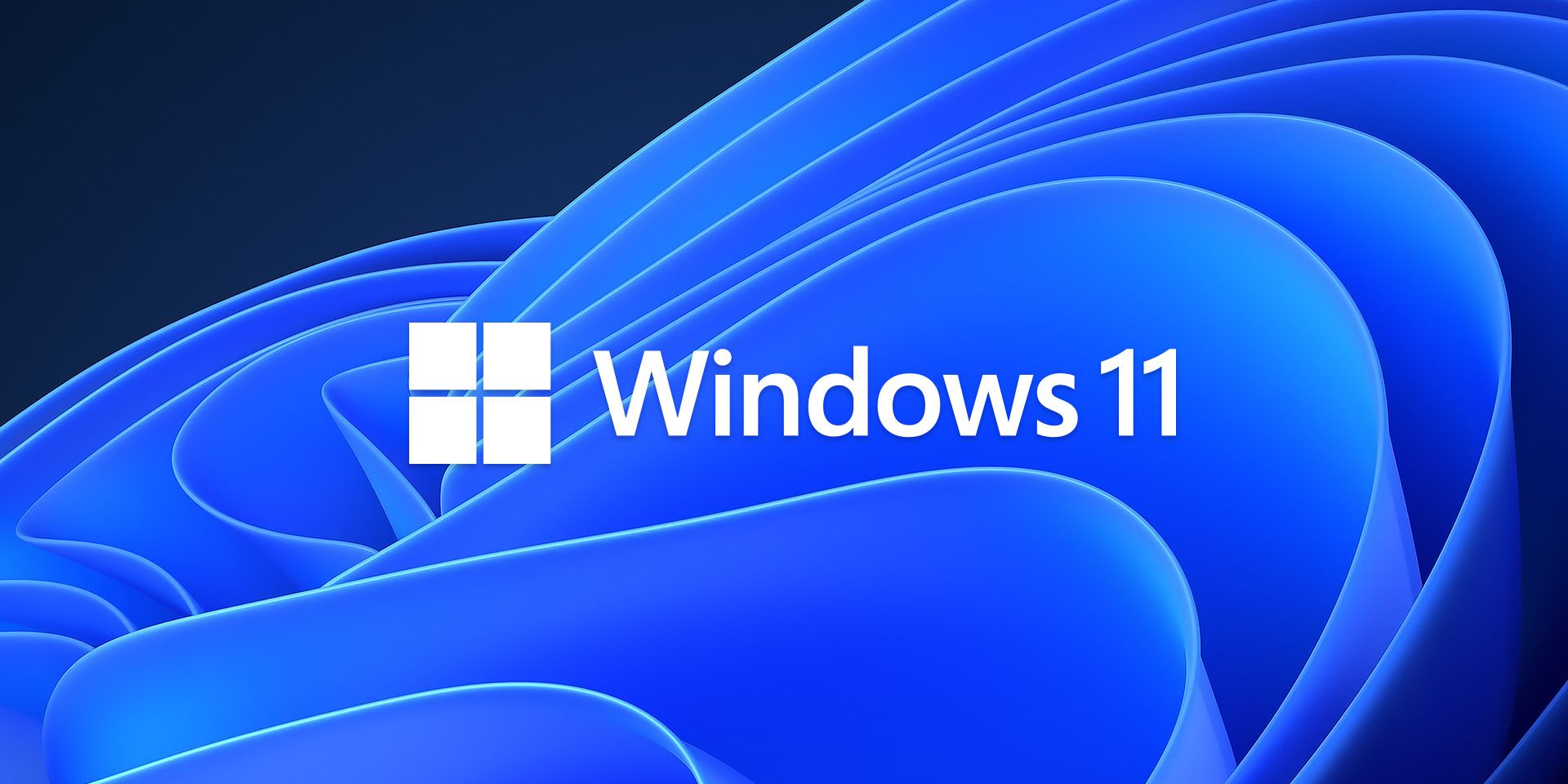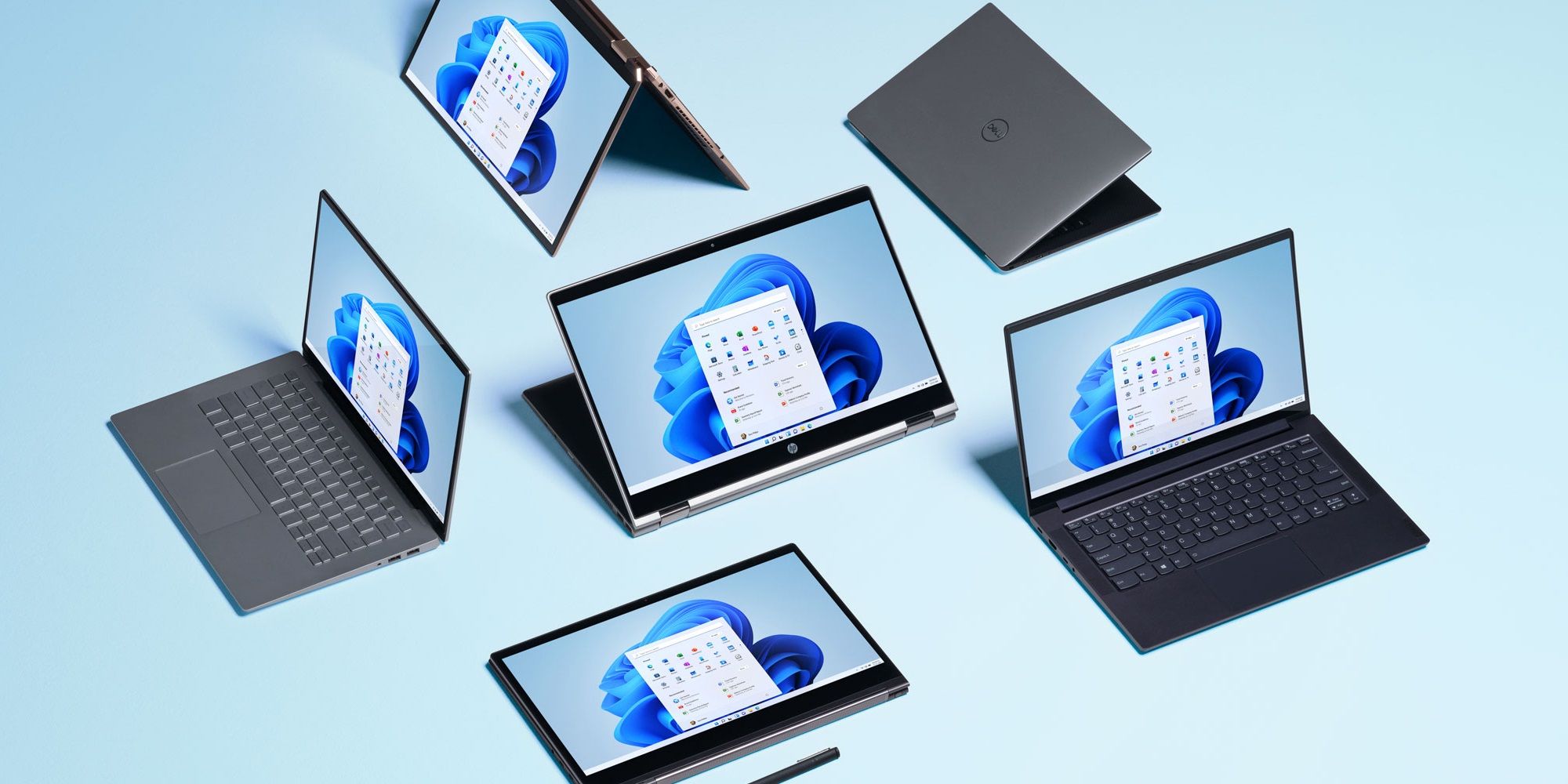Over two months after it was initially unveiled, Microsoft has confirmed the official release date for Windows 11. As hard as it is to believe, it's been over six years since Windows 10 hit the scene. Windows 10 was a substantial upgrade over Windows 8/8.1. Not only did it revamp a lot of the UI elements, but Microsoft was also pitching Windows 10 as the last major Windows update it'd ever release. Windows 10 has received heaps of smaller updates in the years since then, but after a solid run, Microsoft determined it was time for another big shift.
Enter Windows 11. Announced on June 24, Windows 11 aims to be another substantial step forward for Microsoft. It's equipped with a totally redesigned interface, countless new features, and is attempting to reimagine Windows yet again. Everything Microsoft's shown off so far looks quite good, but one big question has remained a mystery: When will people be able to download and use Windows 11?
After a couple of months of patiently waiting, that question has finally be answered. In a blog post published on August 31, Microsoft confirmed that Windows 11 is rolling out to everyone on Tuesday, October 5. A couple of things will happen on that day. Firstly, any eligible Windows 10 computers will receive a free update to download Windows 11. This is also the day when PCs with Windows 11 pre-loaded will go on sale, flooding the market with new Windows machines just in time for the holiday shopping season.
Windows 11 Updates Will Continue Through Mid 2022
While Windows 11 will start rolling out on October 5, that doesn't mean every single PC will get the update simultaneously. Windows 11 is being planned with a "phased and measured" process, meaning Microsoft will push the update to PCs in certain phases. First-in-line are "new eligible devices," followed "over time" by hardware already on the market. When determining existing PCs to update, Microsoft is using "intelligence models that consider hardware eligibility, reliability metrics, age of device and other factors that impact the upgrade experience." Using this process, Microsoft expects all eligible PCs will have Windows 11 by mid-2022.
To check for that update on a Windows 10 PC, doing so is as easy as any other software upgrade. Open the Settings app, click 'Windows Update,' and click 'Check for updates.' If Windows 11 is available, it'll start downloading and eventually install. If it's not, check back later and see if it's ready.
For anyone who wants to remain on Windows 10 for whatever reason, support will continue through October 2025. It likely won't get major new features or settings tweaks, but important security patches should continue. That's ideal for enterprise customers who need to make sure all of their software/services will work on Windows 11, but it's obvious Microsoft wants as many people to switch to the new OS when given the opportunity.
Source: Microsoft


